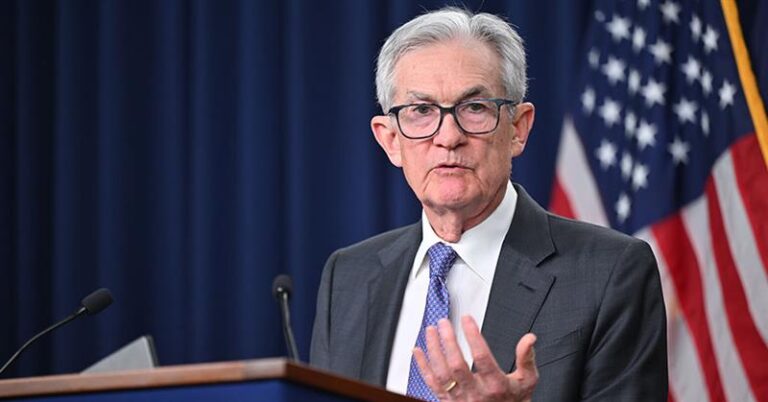Hiring was weaker than expected when the U.S. Bureau of Labor Statistics (BLS) released its statistics Friday morning, showing just 73,000 jobs added last month, below economists’ consensus estimate of 110,000.
Stocks fell sharply after the report was released, with the Dow Jones Industrial Index initially dropping 717 points (1.2%). The S&P 500 fell 1.7% and the Nasdaq Composite went down 2.3%.
Also striking was the May and June job growth figures which were revised by a total of 258,000. May 2025 was revised to 19,000, down from 144,000, while June 2025 was revised to 14,000, down from 147,000.
Between May, June and July, employment growth has averaged only 35,000. That is the worst three-month span since the pandemic.
President Donald Trump responded to the report by announcing the firing of Erika McEntarfer, the commissioner of the Bureau of Labor Statistics, in a post on social media. In the post, he accused her, without proof, of skewing data for political reasons. “Important numbers like this must be fair and accurate, they can’t be manipulated for political purposes.”
The jobs report could give the Federal Reserve more justification to cut rates when it meets again in September.
“July’s jobs data slumps well below consensus estimates, and the large downward revisions to data from May and June mean the labor market has cooled significantly,” stated First American Senior Economist Sam Williamson. “The combination of slower hiring and the considerable downward revisions signals the labor market is teetering, which potentially sets up the Federal Reserve to cut rates in September, barring a rebound in jobs data in August.”
Get these articles in your inbox
Sign up for our daily newsletter
Get these articles in your inbox
Sign up for our daily newsletter
The unemployment rate increased slightly in July, staying about 4.2%, matching the median projection, according to Bloomberg. This keeps the unemployment trend of being in a narrow range of 4% to 4.2% since May 2024.
“The weakening labor market could create a scenario where mortgage rates may soften, even before the Fed’s September meeting. Markets often move ahead of policy, and rising expectations of a cut could begin to lower long-term yields,” stated Williamson. “That may lead to a modest decline in mortgage rates even before the Fed acts. Combined with rising housing supply and more stable home prices, lower rates could help ease affordability pressures and support a gradual recovery in housing activity later this year.”
Looking at the major worker groups, none of the rates made any significant jumps in July, but the Black unemployment rate increased to 7.2%, the highest rate since October 2021. The unemployment rates for adult men were 4%, adult women 3.7%, teenagers 15.2%, white unemployed 3.7%, Asian unemployed 3.9% and Hispanic unemployed 5%.
Federal government jobs continued to be cut, while employment trended up in health care and social assistance.
Among the data shown in the July report was the number of new unemployment entrants — people looking for their first job. That number increased to 985,000, a rise of 275,000.
This data came from two monthly surveys: The household survey measures labor force status, including unemployment, by demographic characteristics; and the establishment survey measures nonfarm employment, hours, and earnings by industry.




















































